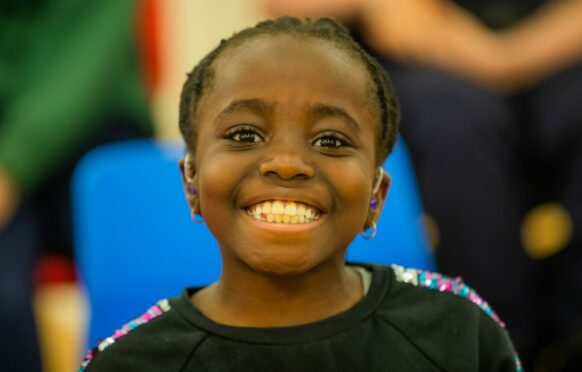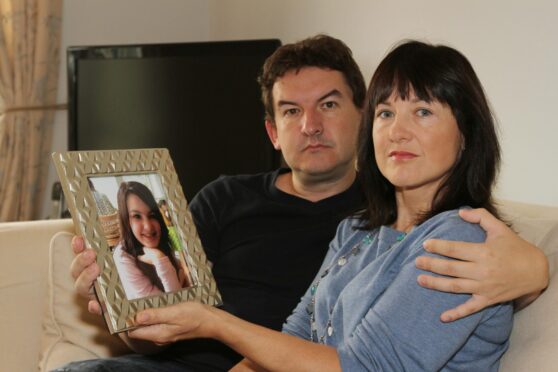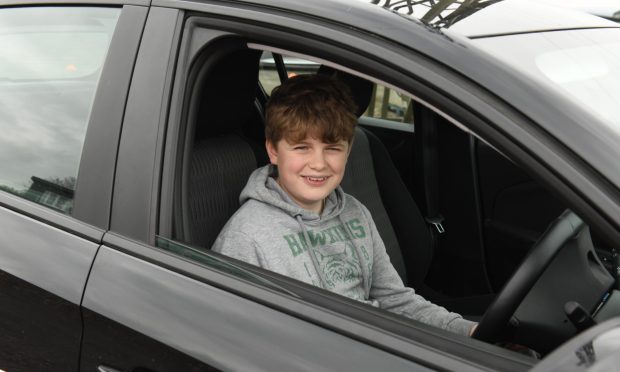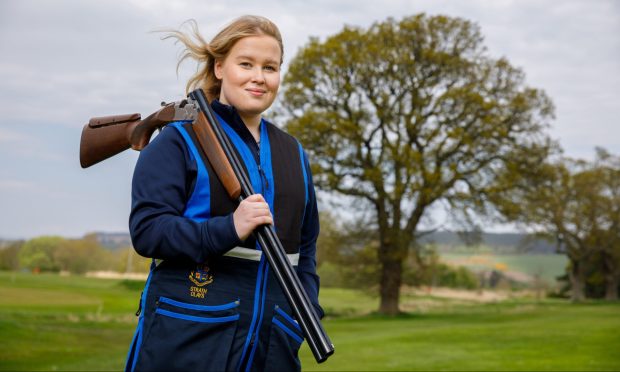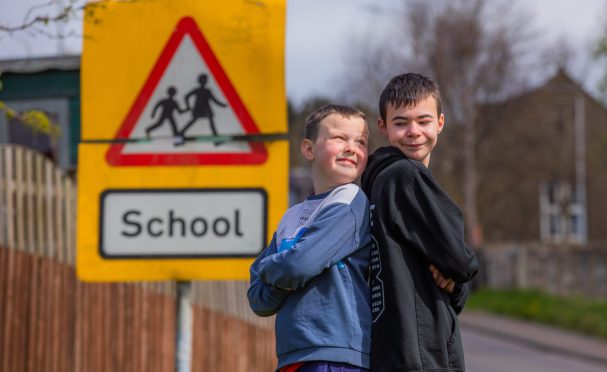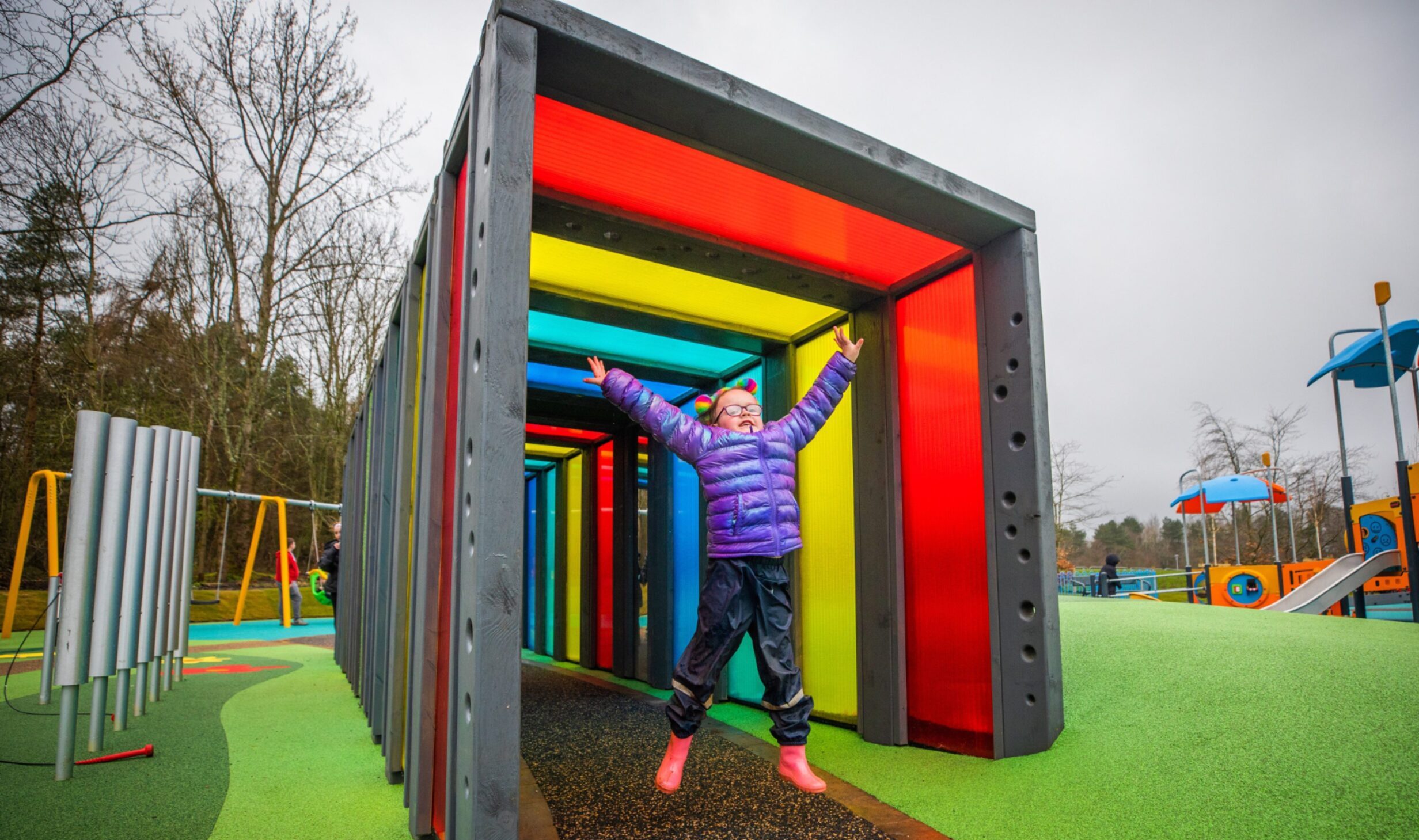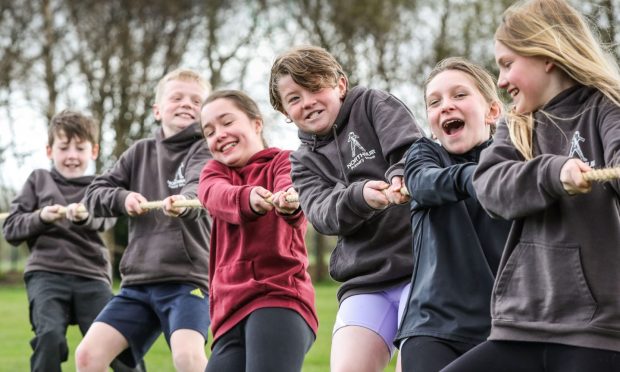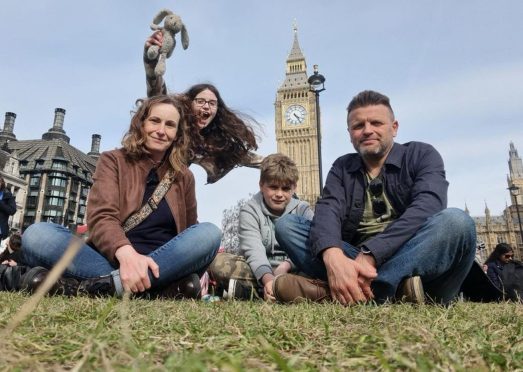Even when you can’t hear the sounds, singing can bring great joy – as Dundee children have shown.
Deaf youngsters from around the city combine singing and sign language in workshops with the National Youth Choir of Scotland (NYCOS).
And they demonstrated some of the musical games they have been playing during a joint performance at Kingspark School.
Watch: Deaf children demonstrate singing and signing games
Ife Akidoe, 10, is among those to have taken part.
The St Joseph’s Primary School pupil wants to act and perform when she grows up and told us their music Mondays had made her “feel really happy”.
At the sessions she was joined by children from Kingspark School, Craigie High School and Claypotts Castle, Glebelands, St Ninian’s, St Francis’ and Tayview primary schools with differing levels of hearing ability.
Deaf musician Dr Paul Whittaker helped develop the programme with NYCOS, using the Kodály method of teaching music through games.
He said: “When we started a lot of them [the children] were quite quiet and shy and really struggled.
“But as time went on they very quickly they realised they do have a voice. For some of them it’s a sign language voice, for others it’s a vocal voice.”
Movements helped the children follow the rhythm and as well as boosting confidence, the singing and signing activities aided their communication, Paul said.
NYCOS creative learning director Lucinda Geoghegan said the sessions evolved from the choir’s work during lockdown, when recorded activities to keep children singing at home were supplemented by British Sign Language to make them more accessible.
And she said: “The children have loved it. We’ve seen such a change in some of them who in the first week were nervous and anxious and didn’t vocalise.
“We’ve seen smiles come on faces when they do begin to vocalise. It’s been transformative to watch that change.”
Educational audiologist Barbara Burns, who is depute head teacher of St Paul’s RC Academy, said the children had benefited from having activities focussed on them.
She said: “Often when they go to activities it’s mainstream activities and they are marginalised.
“They all have music in school but by linking the musical side and signing it’s easier for them to access it.”
